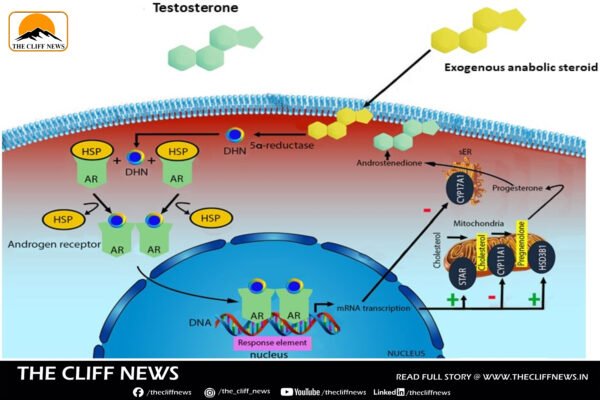Insufficient Sleep and Insomnia in Teens Linked to Higher Risk of Hypertension: Study
A new study from Pennsylvania State University has revealed a concerning link between poor sleep and high blood pressure in teenagers. The research found that teens who suffer from insomnia and get less than 7.7 hours of sleep per night are at a significantly higher risk of developing hypertension—a major factor contributing to heart disease and other cardiovascular issues. Poor Sleep Can Increase Risk Fivefold The study involved over 400 adolescents in the United States and assessed their sleep duration and quality. Researchers defined insomnia as difficulty falling or staying asleep, and short sleep as under 7.7 hours, based on sleep lab evaluations. Alarmingly, teens who had both insomnia and short sleep were five times more likely to develop clinical hypertension compared to peers who had neither condition. Even teens who lacked insomnia but consistently slept less than 7.7 hours showed nearly three times the risk of elevated blood pressure, underscoring the health threat of insufficient sleep alone. Sleep Quality Matters as Much as Sleep Duration Interestingly, the study also found that teens who reported symptoms of insomnia but still managed to sleep more than 7.7 hours did not show a higher risk of hypertension. This indicates that both sleep duration and sleep quality are essential in maintaining cardiovascular health. Teenagers Are Not Sleeping Enough According to the American Academy of Sleep Medicine, teenagers need 8 to 10 hours of sleep per night to stay healthy. However, most high school students average only 6.5 hours per school night, which puts them at risk of long-term health consequences, including high blood pressure. Early Intervention Can Prevent Future Heart Issues Lead researcher Professor Julio Fernandez-Mendoza emphasized that while poor sleep is already known to contribute to hypertension in adults, this study is one of the first to confirm the same risk in teenagers. Addressing sleep issues early could help protect heart health during adolescence and into adulthood. What Parents and Teens Can Do Parents and healthcare providers are urged to monitor teen sleep patterns and encourage habits that support better sleep. These include: It’s important to note that not every teen with insomnia will develop hypertension, but when combined with short sleep, the risk becomes significantly higher. Takeaway: Sleep is Key to Teen Heart Health This research adds to growing evidence that sleep is not just a lifestyle factor, but a critical component of health. With increasing rates of sleep deprivation among adolescents, there is a pressing need to promote good sleep hygiene. Healthy sleep habits during teenage years could be a powerful preventive tool against high blood pressure and future heart disease.










